[Solution]

CCTV news (focus interview): This week is the National Energy Conservation Publicity Week, and August 25 is the National Low-Carbon Day. The theme of this year's National Energy Conservation Publicity Week is "Energy Conservation, Carbon Reduction and Green Development". When it comes to a green and low-carbon lifestyle, we may immediately think that we should pay attention to saving electricity and gas, use less air conditioners at home, and increase the temperature when using air conditioners for cooling on hot days. And in winter, the heating should not be too hot. These are all ways to reduce carbon emissions, but they seem to affect the comfort of life, as if to reduce energy consumption, the house will be less comfortable to live in. However, now there is such a building, which is not only environmentally friendly and low-carbon, but also warm in winter and cool in summer. Many people have already experienced it. How do they feel when they live there?
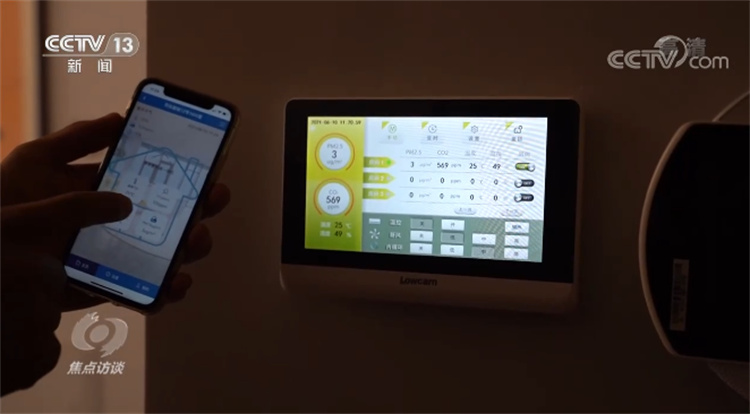
Mr. Zhang, who lives in Gaobeidian, Hebei, moved to a new home in January this year. Although he has only lived in it for more than half a year, Mr. Zhang found that the feeling of living in this house is different from all the houses he has lived in before. The APP in his mobile phone records various real-time data such as temperature and humidity at home.
Mr. Zhang said that since he moved into the new house, he no longer needs heating and air conditioning, and generally does not open the windows. Instead, the unified fresh air system of the building works 24 hours a day to replace the air and adjust the humidity, so that the indoor air temperature, The humidity is in the most comfortable state for the human body, the temperature has been kept between 20-25 degrees, and the pm2.5 value of the air has also been reduced to single digits. In our traditional impression, using the fresh air system to adjust the temperature and replace the air 24 hours a day is not an energy-saving way, because the power consumption may be very high. Therefore, Mr. Zhang is also very concerned about how much electricity and how much this fresh air system consumes every month.
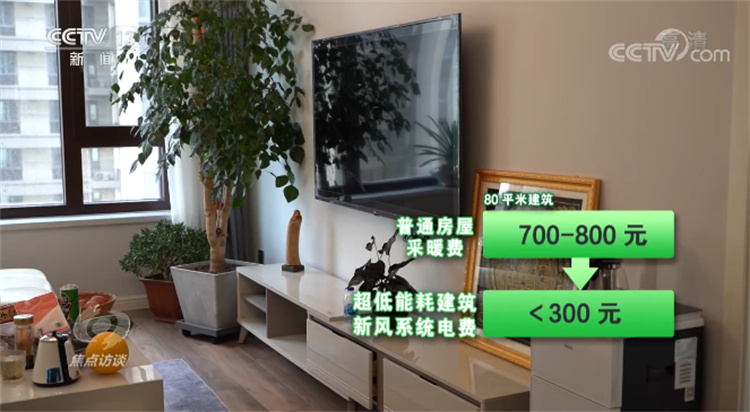
Mr. Zhang gave us an account: he moved into a new house before the Spring Festival, and the heating season lasted for one and a half months. And such a house of more than 80 square meters, if it is a traditional central heating method, the heating cost for one and a half months is at least 700-800 yuan, and the cost of the fresh air system in these four months is less than 300 yuan, so it is solved. Heating and insulation issues. Living more comfortably, the cost of heating and insulation is greatly reduced, and energy consumption is also greatly reduced. How did such a good thing come about? It turned out that the community where Mr. Zhang lived was one of the earliest ultra-low energy consumption building communities built in my country. So what is an ultra-low energy building, and why can it not only live comfortably, but also save energy?
Xu Wei, Dean of the Institute of Building Environment and Energy Conservation, China Academy of Building Research, said: "From a broad perspective, there are three points. First, make the building envelope high performance, such as using high-performance windows, good , the external structure of thermal insulation; another technology is to effectively greatly improve the efficiency of the building energy system; the third part is open source, the use of renewable energy, solar energy, etc., these energy sources directly supply energy to the building, effectively reducing consumption of fossil energy.”
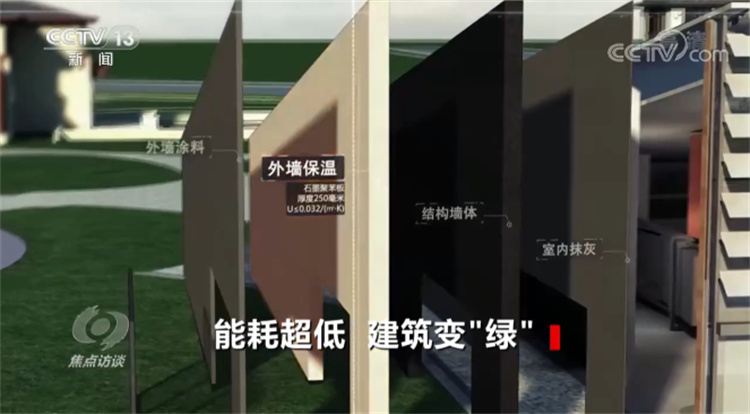
One of the main reasons why traditional houses are not energy-efficient is that the house is not tightly sealed, and the heat exchange between indoor and outdoor is fast. External energy, such as central heating or air conditioning, needs to be continuously used to heat up or cool down. The passive architectural design adopted by the ultra-low energy building makes up for this. The thickness of the thermal insulation material on the building facade is 2 to 3 times that of the ordinary residential building, just like putting a thick cotton jacket on the house; The three-layer double insulating glass, the heat insulation and cold protection effect is much improved than that of ordinary glass. In addition, vapor barrier and breathable membranes are installed indoors and outdoors to ensure the airtightness of the building and minimize heat loss. On this basis, the use of high-efficiency fresh air system for temperature regulation will greatly reduce energy consumption.
Xu Wei said: "In the residential buildings in the north where heating is the mainstay, if the ultra-low energy consumption building is realized, it will be roughly 50% lower than the current energy saving standard. energy saving is improved.”
In the process of ultra-low energy consumption construction, it is very important to ensure the airtightness of the building, that is, to minimize the exchange rate of indoor and outdoor gases in the house, to prevent the loss of indoor heat in winter, and to prevent outdoor hot air from entering the room in summer. ring.
Wang Changming, head of the engineering function of Longfor Group Beijing Company, said: "The entire air tightness is in a near-zero (ultra-low) energy-consumption building, not only in terms of the doors and windows of the outer protection; Vapor film, air barrier film, strengthen the weak parts, only in this way can we finally show the target of near-zero (ultra-low) energy consumption, and the number of air changes within an hour does not exceed 0.6 times."
It is understood that under the condition of a certain air pressure in traditional houses, the number of air changes per hour is generally 2 to 3 times, and ultra-low energy consumption buildings must reduce this number to less than 0.6 times. With less ventilation, the thermal insulation is naturally greatly improved. In addition to this, the absence of thermal bridges is an important factor in saving energy. "Thermal bridge", as the name implies, is the bridge that the heat travels through. Thermal bridges often appear at the joints of doors and windows, the joints between brick walls and concrete floors. Thermal bridges at material joints.
At this construction site in Beijing's Haidian District, the largest single-unit ultra-low-energy building in Beijing is being built. The project engineer told reporters that the thermal bridge-free link of the main structure has just been completed.
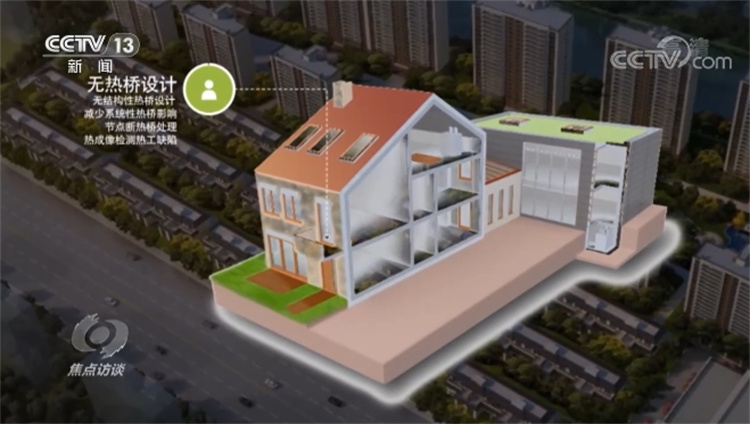
The so-called cold and hot bridge broken bridge treatment is to prevent the direct contact between the metal parts and the concrete by adding heat insulation pads, thereby avoiding unnecessary heat loss. From the appearance of a sample on the top floor of a house under construction on a construction site, it can be seen intuitively that multiple layers of thermal insulation must be added to the connection between an air outlet and the building to ensure the thermal insulation effect.
Now, my country's ultra-low energy consumption buildings have come to a new starting point. This is because my country has committed to strive to achieve a peak in carbon dioxide emissions before 2030. The carbon dioxide emissions before 2060 must be offset in a variety of ways, which is carbon neutrality. To achieve these two goals means that our future production and way of life will undergo profound changes. The construction sector accounts for a large proportion of total carbon emissions. Taking heating as an example, the direct consumption of most district heating is coal. Most of the power resources used for cooling with air conditioners also rely on fossil energy such as coal power. Therefore, how to implement emission reduction in the building sector has also become an important topic.
Xu Wei said: "According to our country's statistics, carbon emissions from building operations account for about 20% of the country's total carbon emissions. If invisible carbon emissions are added, including the use and construction of building materials, it is about 40%. How to achieve this? What about carbon peaking and carbon neutrality in buildings? One of the measures is to make new buildings ultra-low energy buildings as soon as possible.”
In recent years, my country has successively promulgated relevant policies to support the construction of ultra-low energy consumption buildings. During the "Thirteenth Five-Year Plan" period, the national cumulative promotion of ultra-low and near-zero energy consumption buildings reached 12 million square meters, covering various building types such as residential buildings, public buildings, and industrial buildings.
The government service center of Hebei Xiong'an New District, which was built in 2018, adopts many ultra-low energy consumption building technologies. In summer, when the air conditioner is not turned on, the government service center can still maintain a comfortable temperature.
In Qingdao, the Sino-German Ecological Park Forest Kindergarten was newly built in October 2020. The main building of this kindergarten also adopts the architectural concept of "ultra-low energy consumption" to achieve indoor constant temperature and humidity, without heating and air conditioning, to ensure a comfortable and dust-free indoor environment, providing a comfortable park environment for children.
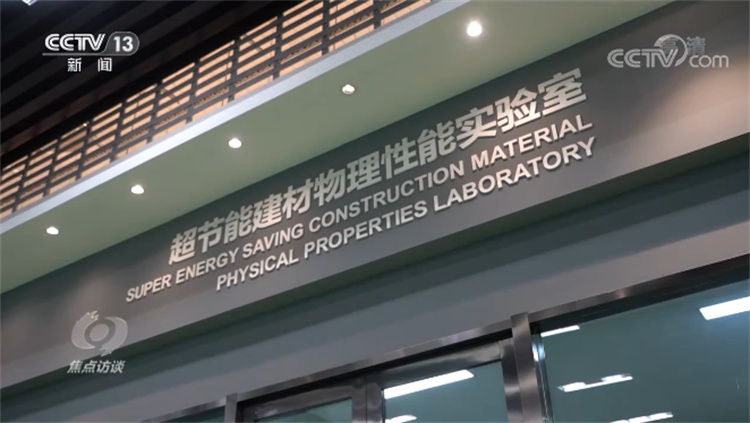
From pilot to promotion, ultra-low energy buildings have gone through more than ten years of development in my country. However, there is still a certain distance from becoming the residence of ordinary people on a large scale. So what are the obstacles that need to be overcome? It is understood that because it is a new thing, this ultra-low energy consumption building has shortcomings in many aspects such as material supply, design, and professional talents.
Because ultra-low-energy buildings have higher requirements on design, materials, construction techniques and traditional technologies, the construction cost is undoubtedly higher than traditional buildings, and not all ordinary people can accept such buildings.
Obviously, in order to allow more people to actively choose ultra-low energy buildings, in addition to technology and the market, it is also necessary for everyone to understand this technology, as well as the guidance and support of relevant policies. Now, under the guidance of the overall goal of carbon peaking and carbon neutrality, various localities are actively formulating relevant goals from supporting ultra-low energy consumption buildings. Beijing, Shanghai, Hebei and other places also encourage the development and construction of ultra-low energy-saving buildings by means of capital incentives, floor area ratio incentives, and support for commercial housing development. In the future, more people will live in high-quality homes that are both comfortable and energy-efficient.
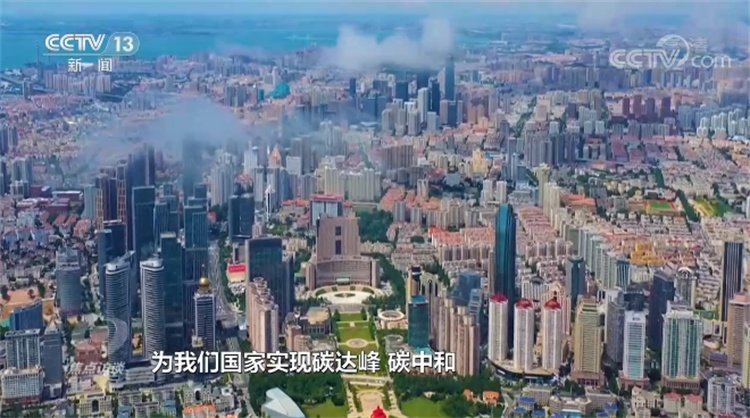
Tian Guomin, director of the Standard Quota Department of the Ministry of Housing and Urban-Rural Development, said: "In the next step, our ministry will continue to improve the level of building energy efficiency by formulating mandatory standards, and comprehensively promote ultra-low energy consumption buildings in suitable climate zones. At the same time, our ministry We are also formulating a carbon peaking implementation plan in the field of urban and rural construction, coordinating the promotion of energy conservation and emission reduction, conscientiously implementing the decisions and deployments of the Party Central Committee and the State Council, and making positive contributions to the country's carbon peaking and carbon neutrality."
In my country's total carbon emissions, the construction and operation of buildings account for nearly 40%. Controlling and reducing energy consumption and emissions in this field is crucial to achieving emission reduction goals. This ultra-low energy consumption building, energy saving and comfortable, constant temperature and humidity and clean, is worth promoting. Of course, while promoting the construction of ultra-low energy-consumption buildings, all localities also need to select suitable technical routes and methods according to their own conditions, and cannot do "one size fits all". In fact, not only the construction industry, the 2030 carbon peak goal has entered the countdown, and the participation of the whole society is urgently needed. From the office to the assembly line, from the home to the travel, energy saving and carbon reduction is not only a healthy and green production and lifestyle, but also harmonious. A kind of environmental responsibility that is related to all walks of life, it requires the renewal of ideas and the innovation of methods.
The above is the "Focus Interview" report on ultra-low energy green buildings. In fact, in the research of ultra-low energy green buildings, Nilan has been investing continuously for more than ten years, and there are currently more than 100 cases of large and small green building projects designed and constructed by Nilan. , Dexin and many other well-known real estate brands have close cooperative relations. It can be said that Nilan has been in a leading position in the field of domestic healthy, comfortable, green and energy-saving buildings. The Nilan Huzhou Lvjian Science and Technology Industrial Park, which will be officially put into operation in the second half of 2021, not only has a huge production workshop, but also the test center jointly built with the Chinese Academy of Sciences is far beyond the industry level.
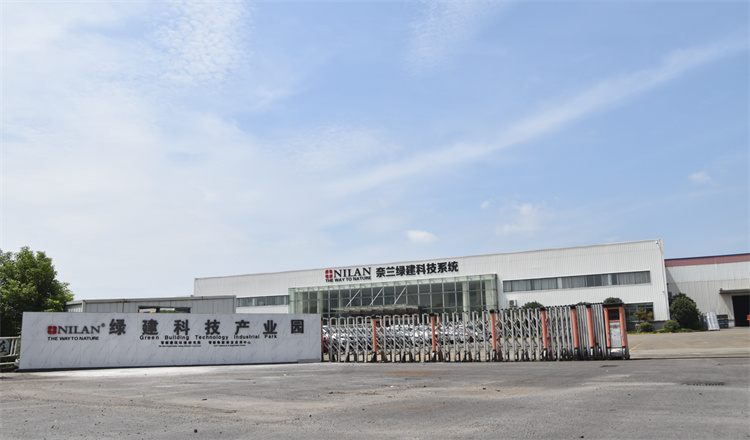
Contribute to the national "3060" goal, create a healthier, more comfortable and energy-saving building environment for consumers, and empower real estate companies - Nilan, let home blend in with nature!